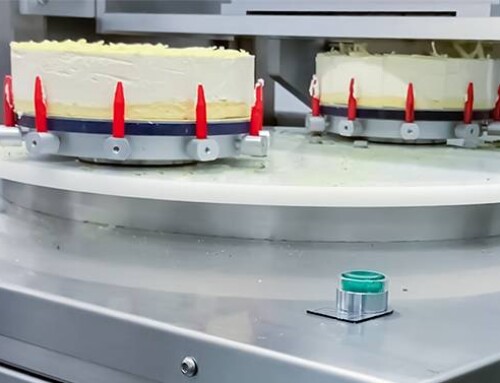Project Description
Handheld ultrasonic knives
1. What are ultrasonic waves?
Sound is a vibration that is transmitted through a medium, such as air, water, and metals.
Ultrasonic waves are an “inaudible sound,” the frequency of which generally exceeds 20 kHz. A 20-kHz frequency means that a certain medium vibrates 20,000 times per second.
2. What is the cutting done by the ultrasonic cutter?
The ultrasonic cutter vibrates its blade with an amplitude of 10 – 70 µm in the longitudinal direction. The vibration is microscopic, so it cannot be seen. The movement repeats 20,000 – 40,000 times per second (20 – 40 kHz). Because of this movement, the ultrasonic cutter can easily cut resin, rubber, nonwoven cloths, film, composite materials in which various products are superposed, and food.
3. How does the ultrasonic cutter work?
The ultrasonic cutter is composed of a “transducer” that generates vibration and an “oscillator” that drives the transducer. A piezoelectric element is used for the transducer. When voltage is applied, the piezoelectric element displaces the transducer by a few micrometers. Periodically applying voltage generates vibration. Each object has its special frequency, by which the object is stable and easy to vibrate. By adding an external force that corresponds to that special frequency, a small force can obtain a large vibration. This phenomenon is called resonance. In the ultrasonic cutter, the piezoelectric element generates a force that resonates the whole body, from the transducer to the blade tip, generating a large vibration at the tip. The oscillator periodically generates voltage to resonate and drive the transducer. Using a component of the ultrasonic cutter called the horn to wring the cross-sectional area, from the piezoelectric element to the blade tip, can obtain a larger vibration.
4. What is the use of this product?
cake
pizza
pie
cheese
nougat
dough
frozen food






